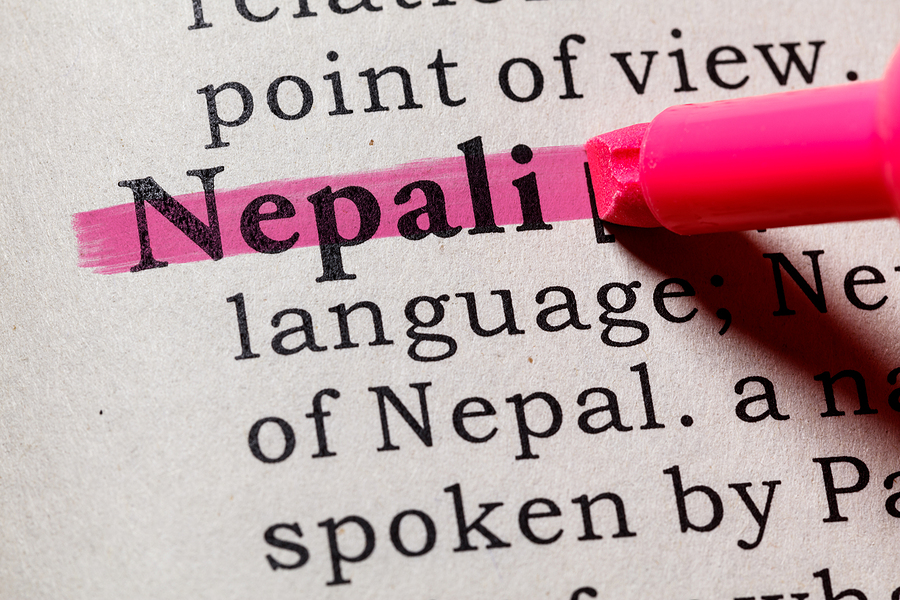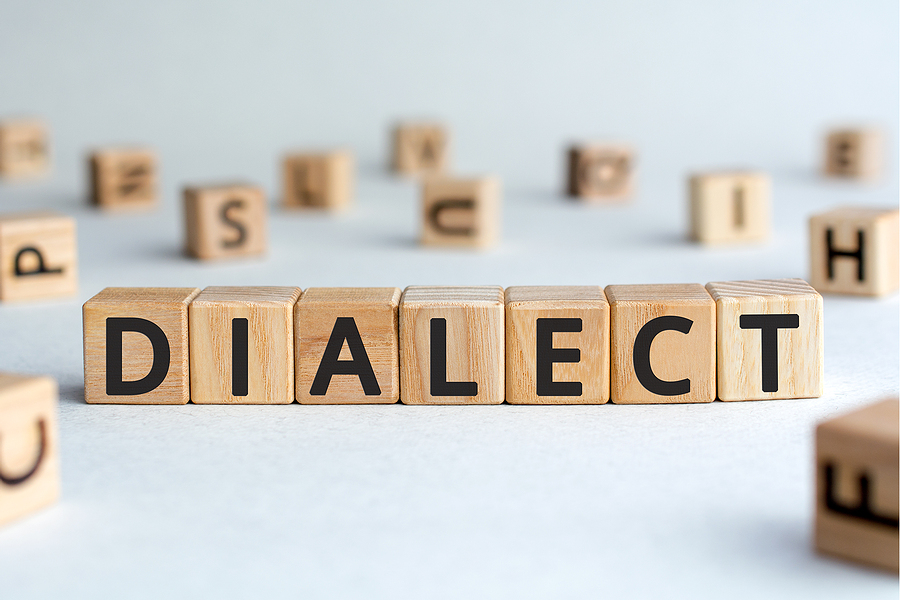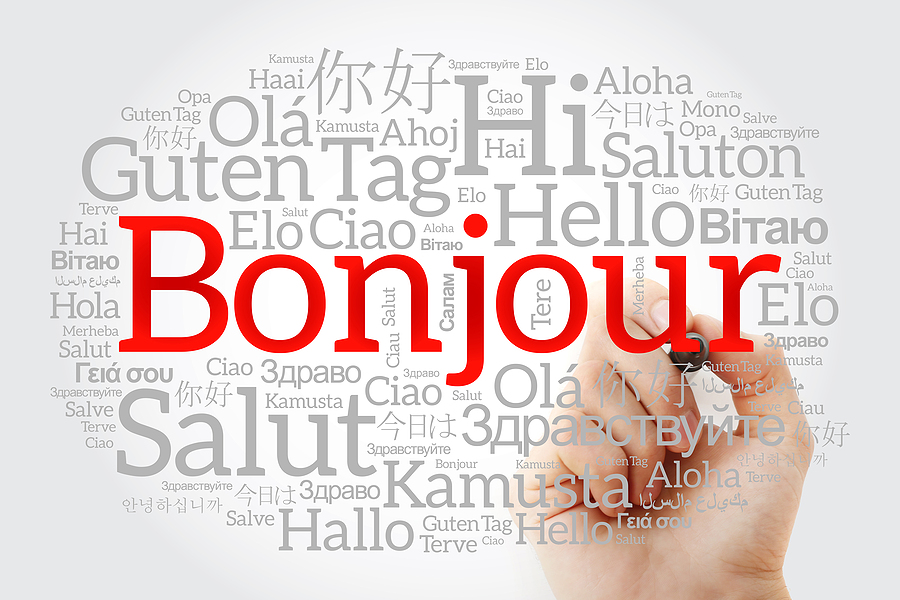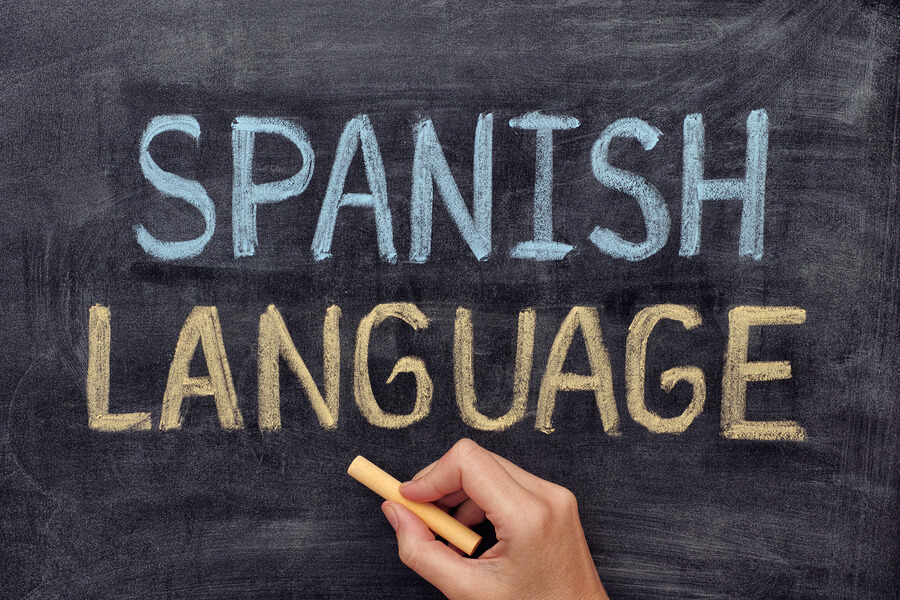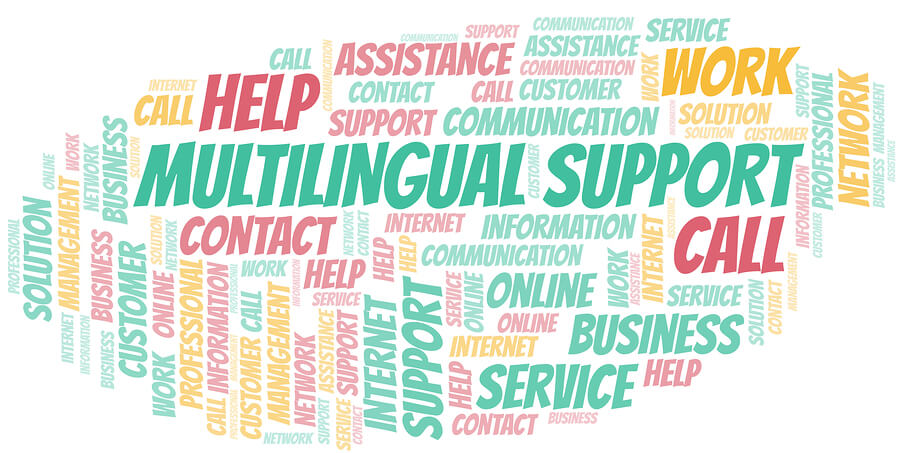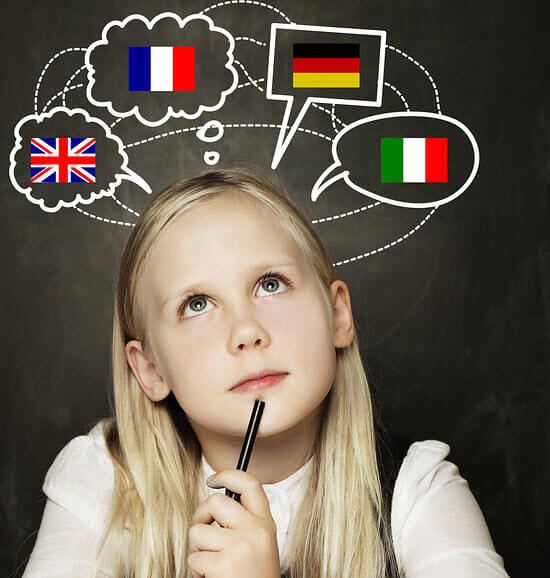Translating literary works such as the Bible, short stories, and novels enables the authors to share their creative work with other like-minded people around the world. Depending upon the theme of the literary work many have been translated into many languages enabling those throughout the world the chance to enjoy the literary work. The translation of literary works is extremely important as it gives the opportunity for different cultures to experience and understand history through literature. It helps nurture experiences through words and helps people to understand and broaden their world perspective. Below are described some of the most translated written literary works today.
The Bible
Unsurprisingly, the Bible is the most translated book and has up to today been translated into about 3,350 languages and dialects. The New Testament has just over 2,000 translations while the Old Testament has about 700 translations. In its early days, the Bible was first translated into 3 key languages which were Greek, Hebrew, and Aramaic. Because of the success of the Bible’s translations, it now has 6.1 billion readers throughout the world.
Alice’s Adventures in Wonderland
Alice’s Adventures in Wonderland, which was published in 1865 in English and was written by Lewis Carroll, also has a good translation track record. It has been translated into 174 languages which include Samoan, Arabic, Hindi, Hebrew, Japanese and Russian.
The Adventures of Pinocchio
The Adventures of Pinocchio which was written in 1883 by Carlo Collodi in Italian and has now been translated into around 300 languages including English, Spanish, French, and German.
The Little Prince
This novel was written in 1943 by Frenchman Antonie de Saint- Exupery. The Little Prince is now the 2 nds most translated novel in the globe following the Bible. It has been translated into more than 475 languages which include Albanian, German, Turkish, and Greek.
20 Thousand Leagues Under The Sea
This story written by Jules Verne in French in 1870 has been translated into more than 170 languages. It is classified as one of the most translated books because it has always been popular. The story of Captain Nemo in this famous book has been an international success ever since it was first published and is without a doubt one of the key classical literature works.
The Alchemist
The Brazilian Paulo Coelho wrote The Alchemist in 1988 in Portuguese and since that time the book has been translated from Portuguese into about 80 languages.
Harry Potter Collection
J.K Rowling wrote 7 Harry Potter books and the Philosopher’s Stone has been translated into at least 80 languages.
Hans Christian Andersen’s Fairy Tales
These Fairy Tales were written first in the Danish language and are now available in 125 languages.
The Adventures of Tintin
The Adventures of Tintin is today a popular comic series originally written in French but is now available in about 115 languages.
Many of the above texts have played a large role in both our childhood and adult lives. Today their roles haven’t diminished especially because they have been translated into so many different languages.
Other books which have had many translations include the following:
- Pippi Longstocking, written in Swedish by Astrid Lindgren and translate into 70 different languages);
- The Kon-Tiki Expedition wrote in Norwegian by Thor Heyerdahl and translated into at least 70 languages;
- Pilgrim’s Progress was written in English by John Bunyan and translated into 100 languages.
Hire professional services for any type of translation as this will enable your literary work or other creative writing to be shared around the world.





